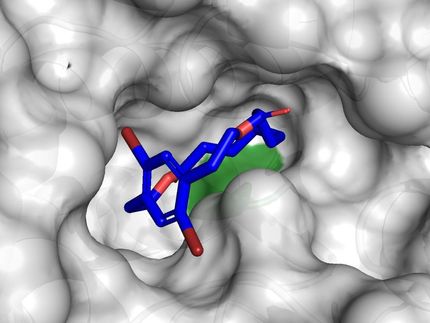EMA prepares for Brexit
Business continuity plan aims to preserve Agency’s ability to protect public and animal health
The European Medicines Agency (EMA) has developed and initiated a business continuity plan to deal with the uncertainty and workload implications linked to the United Kingdom’s (UK’s) withdrawal from the European Union (EU) and the Agency’s relocation.
“Preparing for the move, managing the necessary changes, and addressing challenges such as possible losses in skilled and experienced staff, in a proactive and efficient way requires considerable internal resources,” said Noel Wathion, EMA’s Deputy Executive Director and head of EMA’s Brexit task force. "With the business continuity plan we aim to ensure that the assessment of medicines is not disrupted and that patients in Europe continue to have access to high quality, safe and effective medicines.”
The business continuity plan is a tool that will help EMA take the difficult decision to reallocate the available resources as needed to maintain its priority activities over the next years. It categorises and prioritises tasks and activities according to their impact on public health and the Agency’s ability to function. The plan sets out three layers of priority. In May, EMA started to scale back activities in the outer layer, so-called category 3 activities, to free up 43 staff by the end of 2017 who are focusing on the preparations for the UK’s withdrawal from the EU and EMA’s relocation. To achieve this, the Agency decided to temporarily suspend a number of activities including:
- the development of the European Medicines Web Portal, a new publicly-available online information source on all medicines marketed in the EU;
- EMA’s contribution to the e-submission project that will allow applicants to electronically submit documents linked to authorisation requests for human and veterinary medicines in a secure and efficient way;
- the development of a transparency roadmap for EMA that lays out future transparency measures of the Agency; and
- participation in the benchmarking of medicines regulatory authorities in the EU as of 2018.
In addition, EMA reduced the number of audits as well as some corporate governance and support activities. Participation of EMA staff in external meetings or conferences has been reduced, as has the organisation of EMA meetings and workshops.
These types of activities can be put on hold for some time to free up or channel resources into core activities that need to be maintained under any circumstances. However, mid-to-long-term EMA will need to analyse how long these activities can be put on hold before they start to seriously undermine the quality of the Agency’s work and its planning, and the expectations of stakeholders.
Category 2, the second highest priority, consists of activities, such as the proactive publication of clinical data, and various initiatives aimed at promoting availability of medicines as well as some political priorities of the EU, for example, EMA’s contribution to the fight against antimicrobial resistance or the Agency’s interactions with Health Technology Assessment (HTA) bodies. These activities will be maintained for as long as possible, workload and staffing situation permitting, in order to maintain the development of new medicines.
Category 1 includes the highest priority activities that are either directly related to the assessment and safety monitoring of medicines or vital to maintaining the infrastructure of the European regulatory system for medicines, including for example the coordination of actions to protect the safety of patients in all EU Member States, inspections across the EU or maintenance of the functionality and security of critical IT applications used by all Member States. It is absolutely crucial to uphold these activities as any disruption would almost immediately have a detrimental effect on the health and well-being of citizens in Europe and would also jeopardise production and distribution of medicines in the EU.
Further iterations of the business continuity plan will also take into account various scenarios for staff losses and how these may affect the delivery of category 1 and 2 activities. Unexpected higher, faster or more permanent loss of staff as a consequence of the Agency’s relocation may lead to a situation in which EMA’s operations can no longer be maintained.
EMA will provide further updates on the implementation of its business continuity plan as necessary.























































